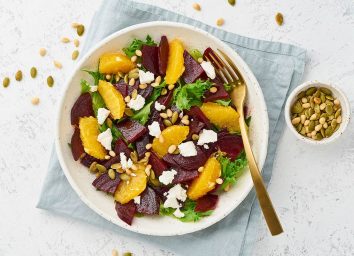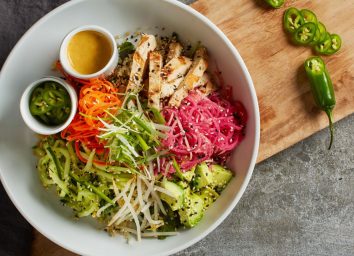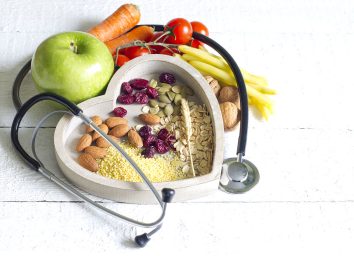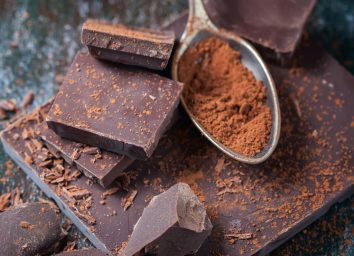The Ultimate Guide to Exactly What Foods You Can and Can't Eat on the DASH Diet
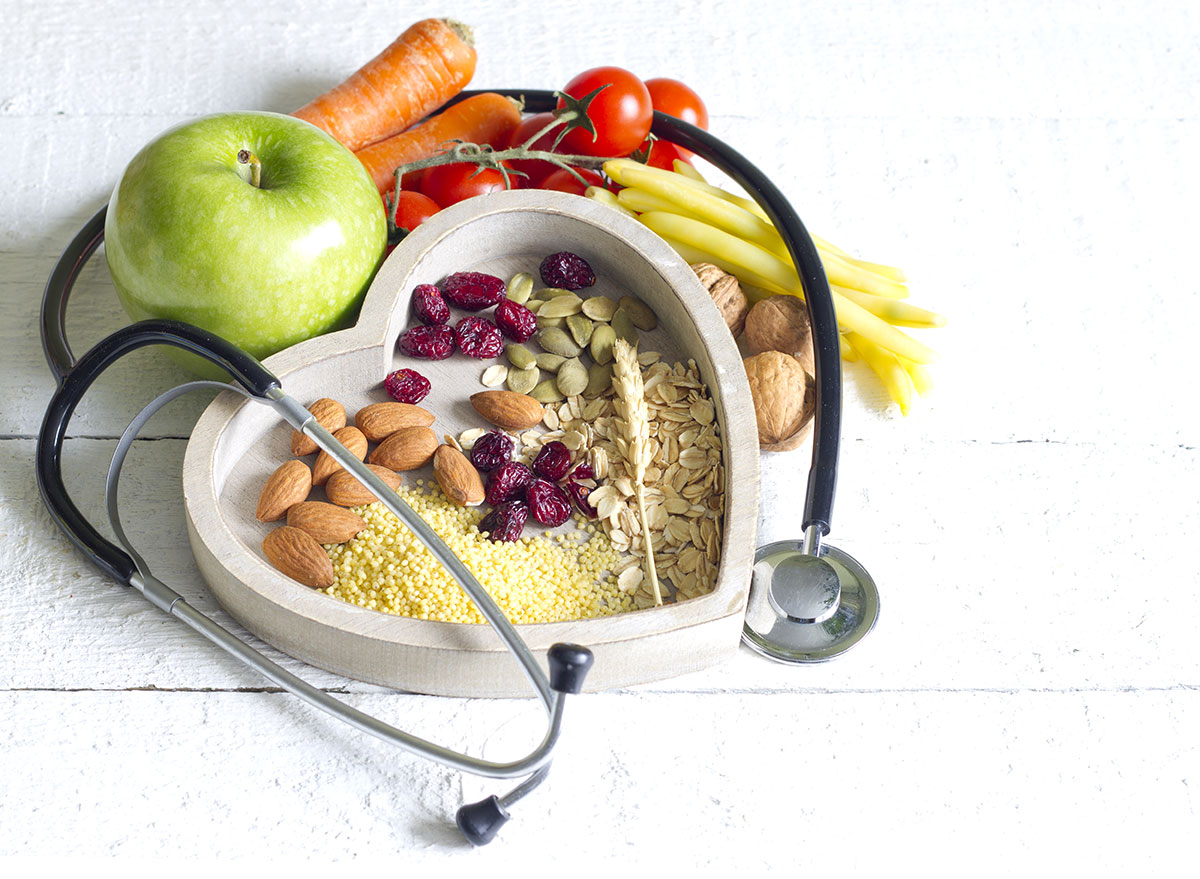
The Dietary Approaches to Stop Hypertension Diet, or DASH diet, is mainly associated with promoting heart health, though it can also be used for weight loss and general health. For being a diet plan that is proven to treat serious health conditions, the DASH diet food list is pretty flexible and non-restrictive. It's probably what you think of when you imagine a well-balanced diet.
Unlike other popular diets, there isn't a long list of rules you need to follow on the DASH diet. However, there is a dash diet food list you should have on hand during each of your shopping trips. While you'll find that many of your favorite foods are allowed on the diet, there are a few popular foods that will have to be left off your grocery list.
Keep reading to discover which foods are allowed and restricted on a DASH diet food list.
What is the DASH diet?
The main focus of the DASH diet is to help people decrease their blood pressure. To do that, the guidelines help people reduce their sodium intake and avoid high-calorie, sugary, fatty foods that may increase blood pressure, as these foods are closely linked to heart disease, stroke, and high cholesterol. Experts created this diet after multiple studies showed that when people followed a plant-based diet, they had a lower risk of developing high blood pressure.
At the same time, you'll also be increasing your micronutrient intake: the DASH diet suggests eating more fruits and vegetables. Following whole grains, produce is the most commonly consumed food group on the diet.
"There is sound science that tells us that eating a diet high in fruits and vegetables, low in animal meats, and moderate in whole grains, fish, and nuts can help to reduce blood pressure," says nutrition expert Beth Auguste, RD.
What are the benefits?
The DASH diet is not only popularized by the general public, but it's also strongly supported by science. Originally, the diet began as an alternative to drug therapy for people with hypertension. Now, it's recognized as a diet that promotes overall health and prevention of major health conditions, including heart disease, high blood pressure, and cancer.
Who is this diet for?
In short: Nearly everyone. Since it promotes general health and has preventative properties, almost anyone can benefit from the DASH diet.
"The DASH diet is good for almost everybody. It contains the right balance of nutrients to help prevent chronic disease and it also provides an appropriate amount of protein, fat, and carbohydrates," says Auguste. "The only person who shouldn't follow the DASH diet is someone who is dealing with a disease such as kidney disease and has been told by their doctor that they need to closely monitor an element in their diet," she adds.
What are the DASH diet food serving guidelines?
Before we get into specific foods, you should familiarize yourself with the DASH diet food serving guidelines.
The DASH eating plan dictates a certain number of daily servings from food groups. For instance, in a 2,000-calorie diet, a person would include:
- Whole grains: 6-8 servings per day
- Vegetables: 4-5 servings per day
- Fruits: 4-5 servings per day
- Fat-free or low-fat milk and milk products: 2-3 servings per day
- Lean meat, poultry, and fish: 6 ounces or less per day
- Nuts, seeds, and legumes: 4-5 servings per week
- Fats and oils: 2-3 servings per day
- Sweets and added sugars: 5 servings or less per week
- Maximum sodium limit: 2,300 milligrams per day or 1,500 milligrams per day
Before we get into exactly which foods are included in these food groups, we'll discuss which foods the DASH diet recommends you cut from your diet.
What foods you should avoid on the DASH diet.
The DASH diet limits foods that will negatively impact your blood pressure and heart health. The following foods should be avoided when following the eating plan.
High-sodium foods
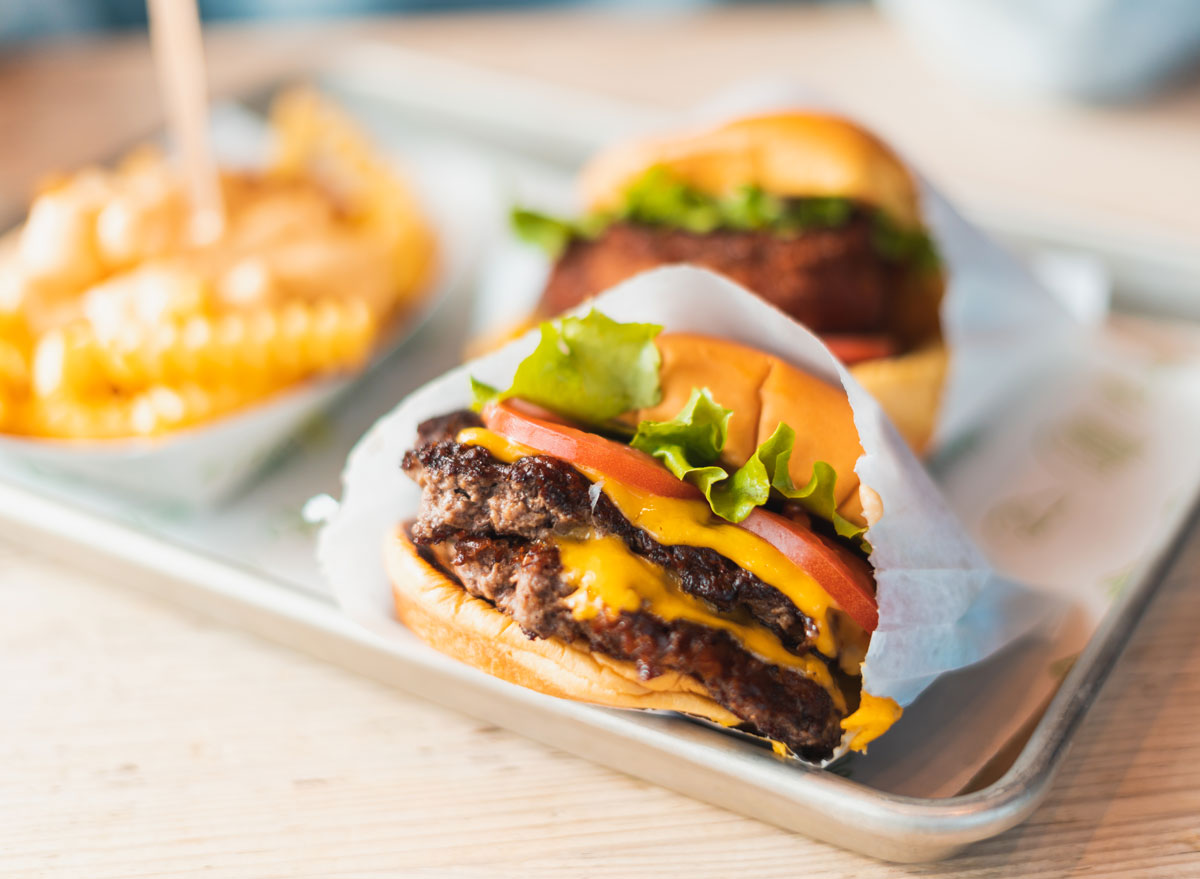
Studies have shown that drastically cutting back on dietary salt is associated with decreased risk of hypertension, heart disease, and stroke. Not sprinkling salt on your meals is one of the biggest challenges followers of the DASH diet face. However, salt reduction is integral to the plan, so opt for herbs and spices instead.
- Table salt
- Fast food
- Pre-packaged food
- Processed meats
Red meats
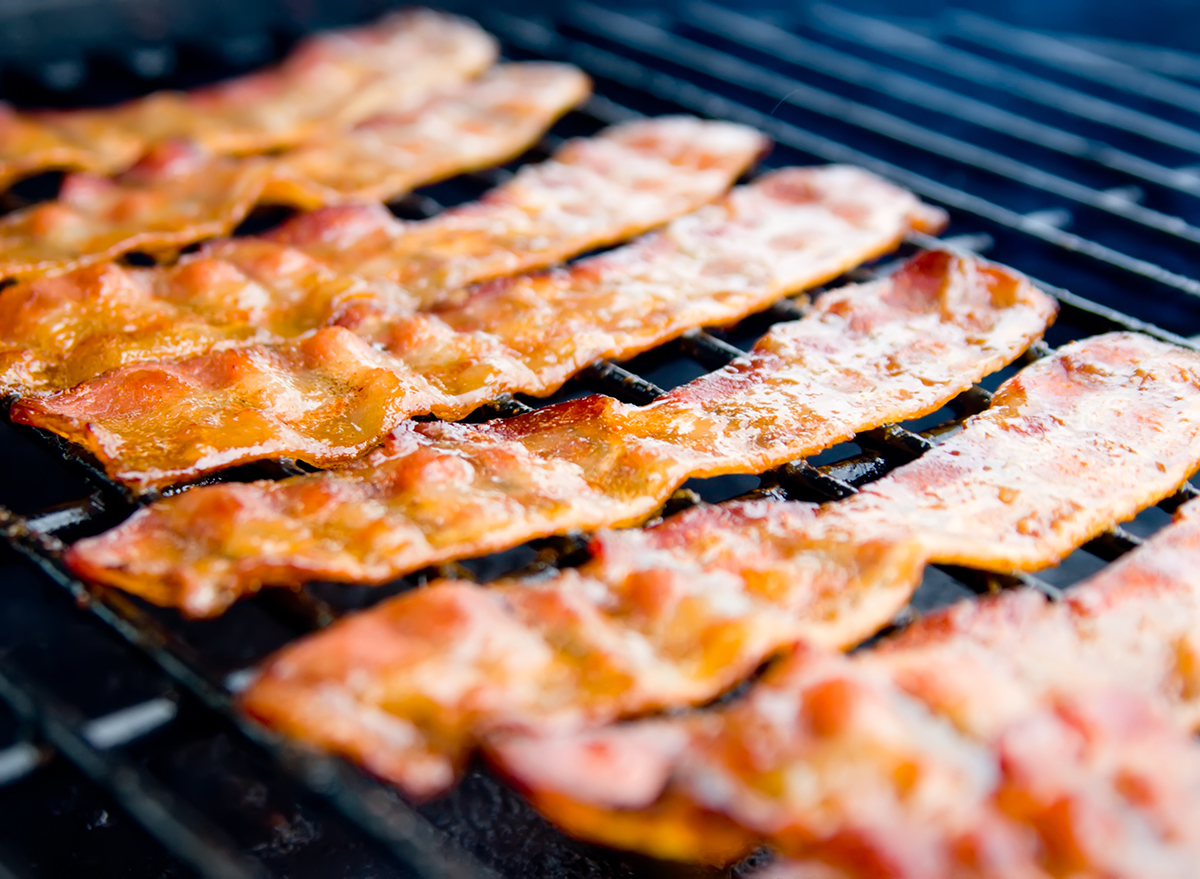
According to a 1999 study, the DASH diet emphasizes fish and chicken over red meat. Though it's not strictly forbidden, red meat consumption should be limited since it's high in saturated fat and cholesterol.
- Beef
- Pork
- Lamb
- Veal
Saturated fat
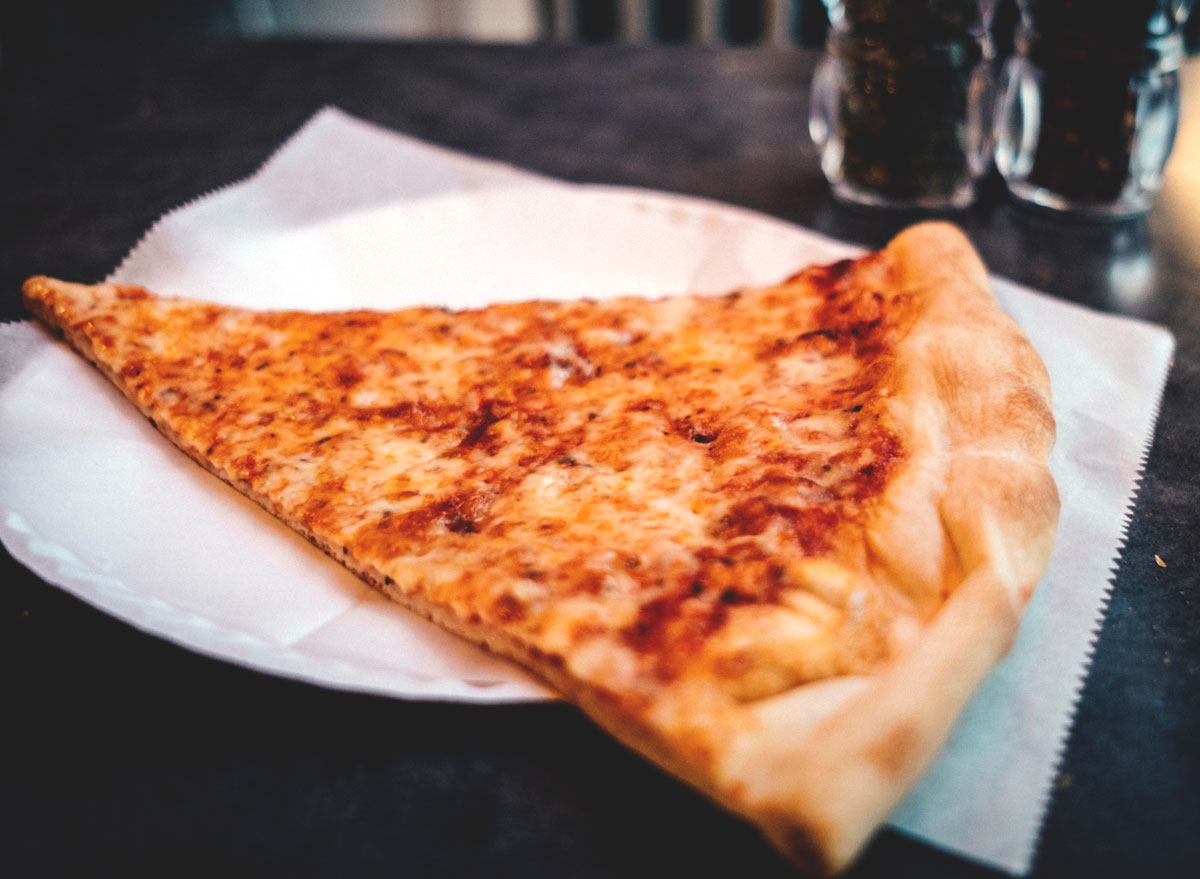
There's conflicting reports whether saturated fat is linked to heart disease. The DASH diet plays it safe and recommends reducing your intake of foods high in saturated fat.
- Cheese
- Fatty cuts of meat
- Poultry with skin
- Lard
- Cream
- Butter
- Whole milk
Added sugar
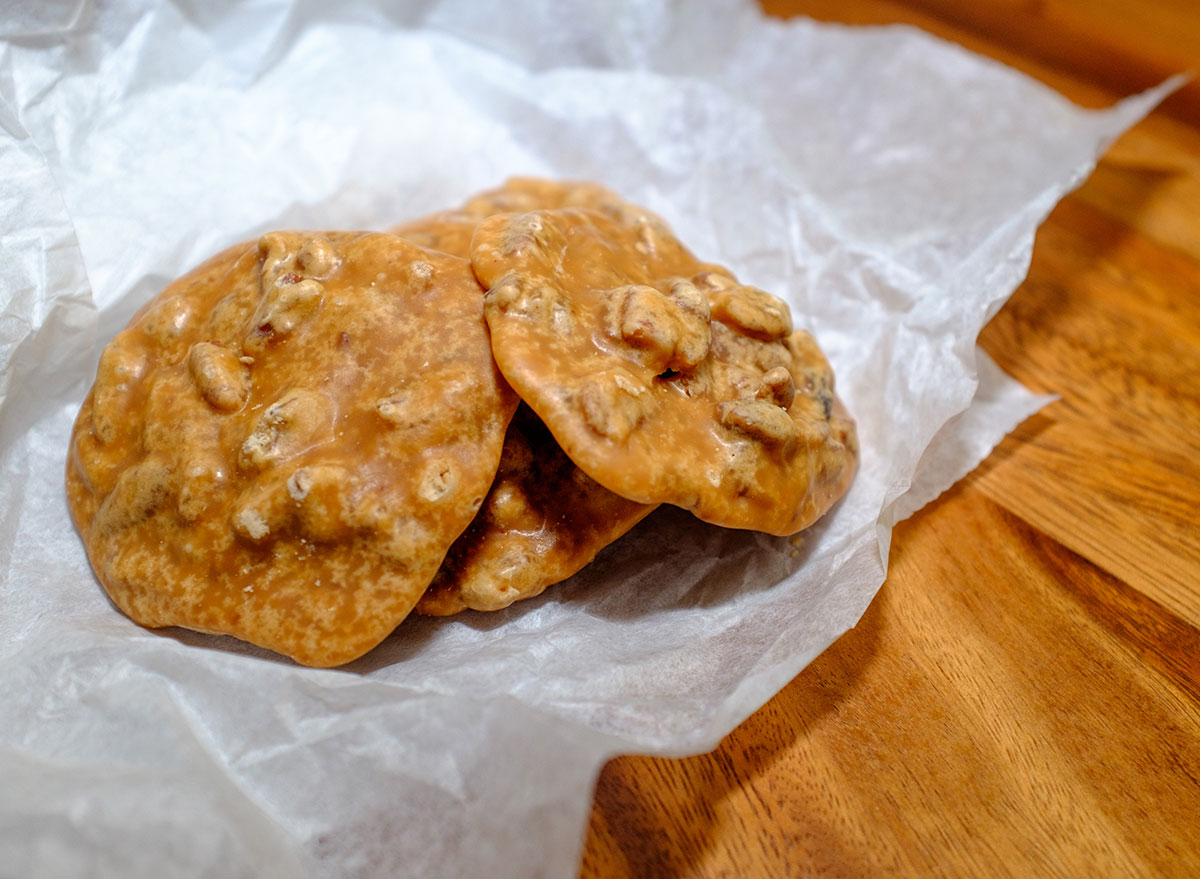
If you follow the DASH diet, you'll want to get used to reading ingredient labels on packaged foods and skip out on adding sugar cubes to your tea. Although research on sugar and hypertension is limited, some evidence supports that sugar may increase blood pressure. There may not be a conclusive link between the two, but it's still a good idea to cut back on added sugar; sugar is high in calories and yet adds no nutritional value.
- Table sugar
- Sweets
- Condiments with added sugar
- Junk food
What foods can you eat on the DASH diet?
Now that we've got what you should cut back on out of the way, now it's time to learn about which DASH diet foods you can happily eat more of.
Whole grains
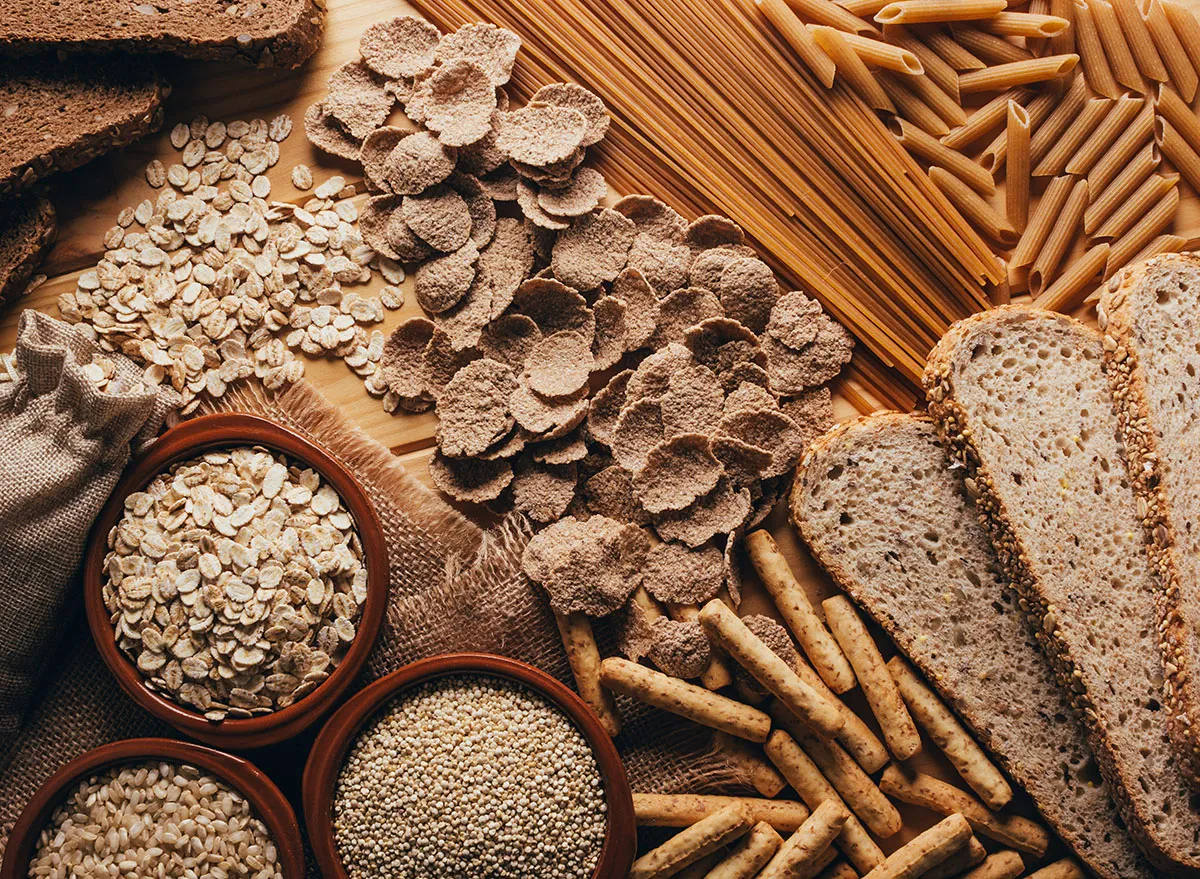
Servings: 6-8 per day
With a recommended 6 to 8 servings a day, whole grains are the foundation of the DASH diet for their ability to reduce the risk of hypertension. While this may seem like a lot, it's as simple as having whole grain cereal or oatmeal for breakfast and quinoa, brown rice, or wheat pasta with lunch and dinner.
- Whole-wheat bread
- Whole-wheat pasta
- Oatmeal
- Brown rice
- Unsalted pretzels
- Popcorn
Fruits
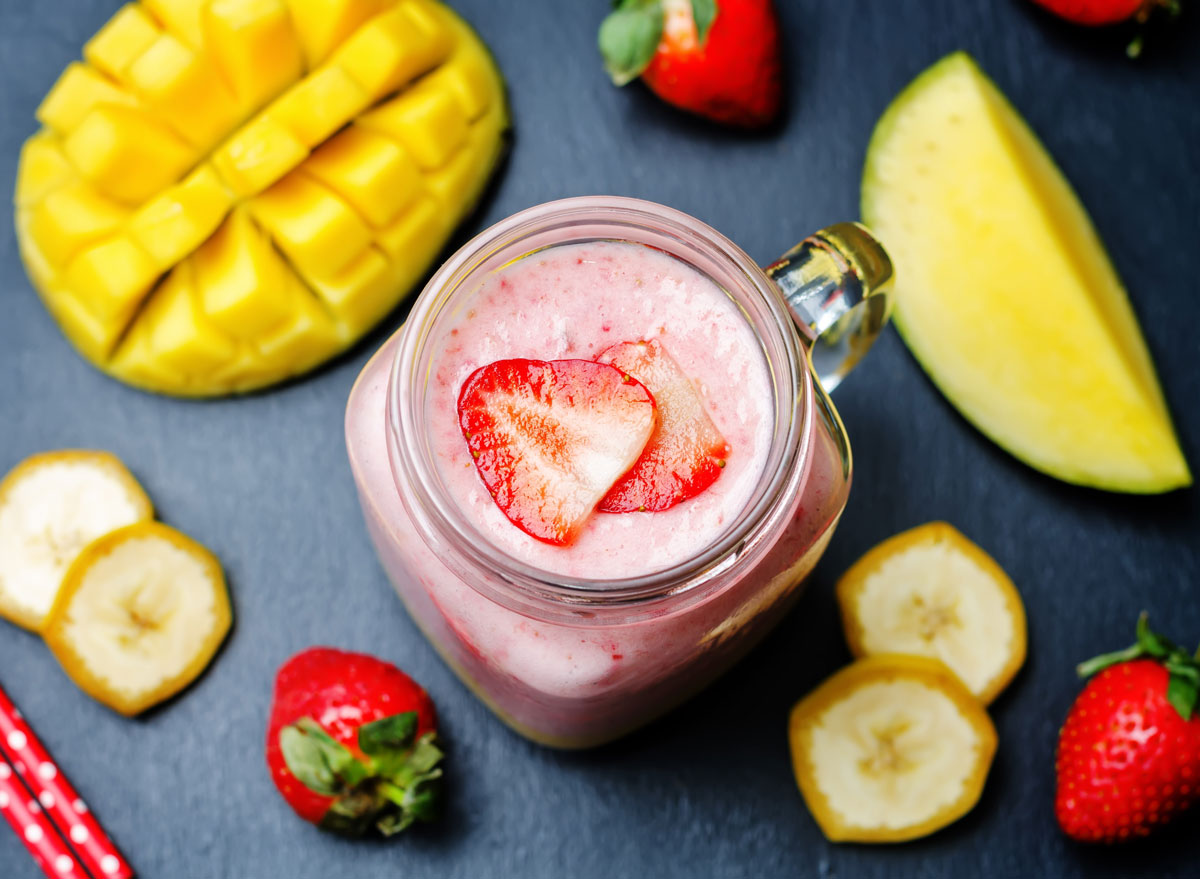
Servings: 4 to 5 servings per day
All fruits are compliant on the DASH diet. In fact, the diet encourages eating them. Let go of your fear that the natural sugar in fruit is bad for you. Enjoy 4 to 5 servings per day in the form of snacks, smoothies, toppings, and dessert. Limit serving sizes to 1/2 cup fresh fruit and 1/4 cup for dried fruit.
- Apples
- Bananas
- Dates
- Grapes
- Oranges
- Peaches
- Raisins
- Strawberries
Vegetables
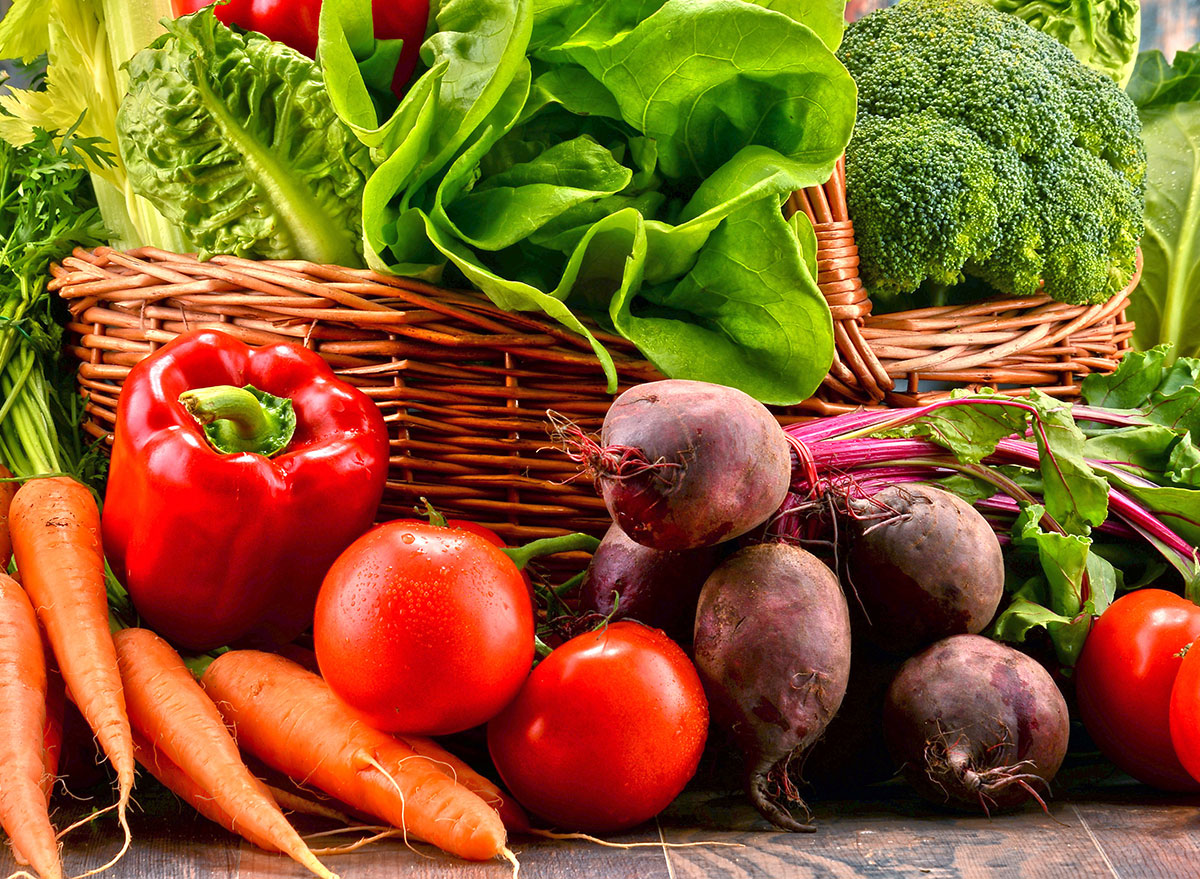
Servings: 5 to 6 servings per day
Everyone's favorite food group: Vegetables. As you get older, veggies become less scary. On this diet, you'll want to pack in 5 to 6 servings daily. Try making soups, salads, and side dishes with old favorites like peas and carrots and don't be afraid to try new vegetables like spaghetti squash.
- Broccoli
- Carrots
- Collards
- Green peas
- Potatoes
- Spinach
Lean proteins
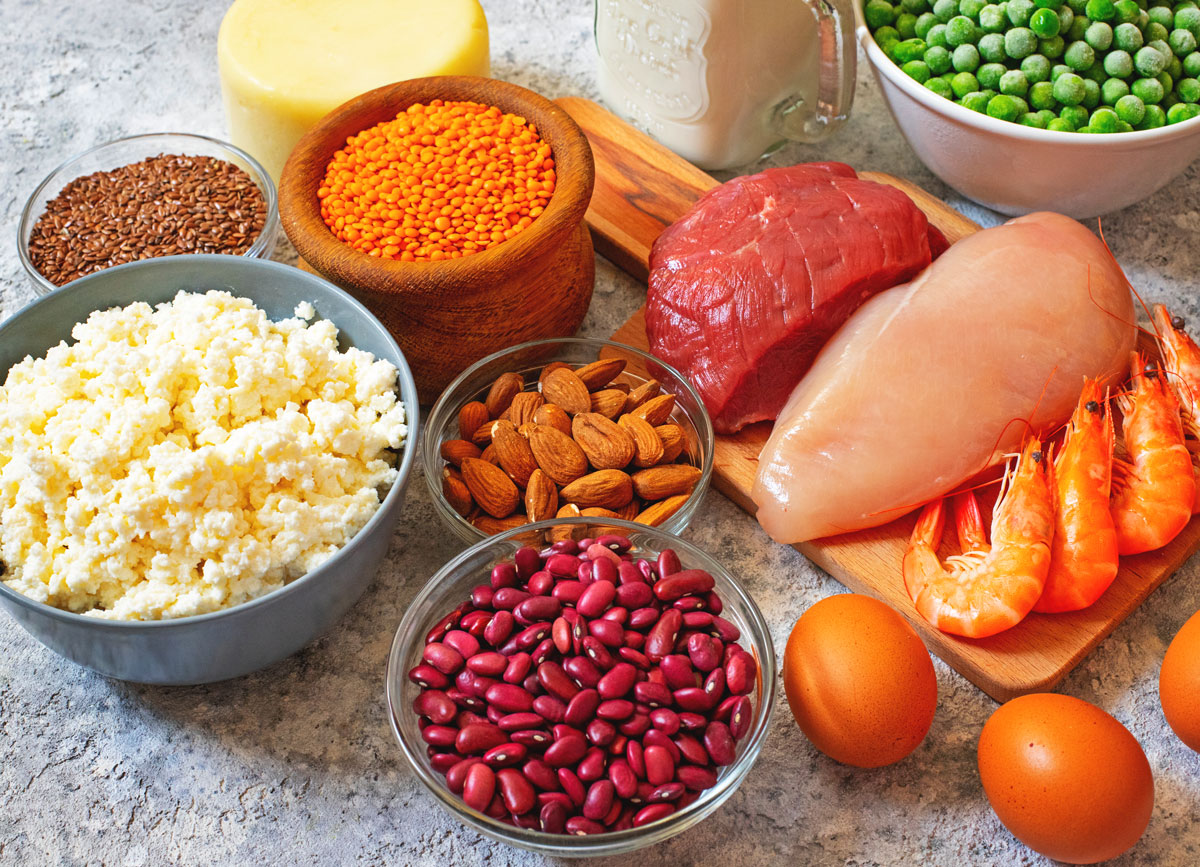
Servings: 6 ounces per day
The DASH diet was inspired by the vegetarian lifestyle, but this diet isn't all plant-based. You can eat a maximum of 6 ounces of lean meat or eggs per day. This doesn't seem like a lot, but less meat may be better for patients with hypertension and heart health risks anyway. Stick with poultry and fish, and avoid frying. Vegans and vegetarians can opt for tofu and tempeh.
- Broiled, roasted, or poached meat
- Skinless chicken
- Eggs
- Fish
Low-fat dairy
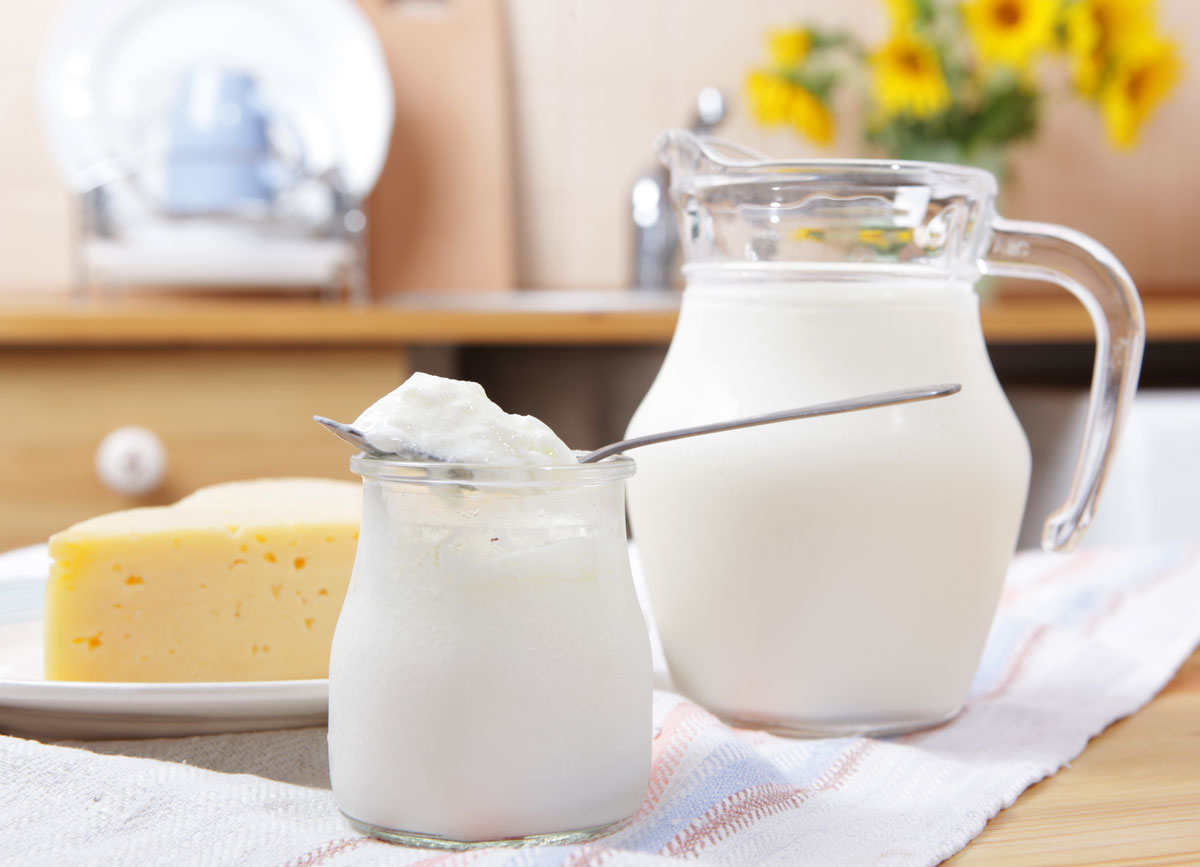
Servings: 2-3 per day
The diet recommends avoiding high levels of saturated fat, so swap out your whole dairy products for low-fat or fat-free. You can still enjoy 2 to 3 servings of dairy products per day as long as they're low in fat and sodium.
- Fat-free milk
- Low-fat cheese
- Fat-free or low-fat yogurt
Nuts, seeds, and legumes
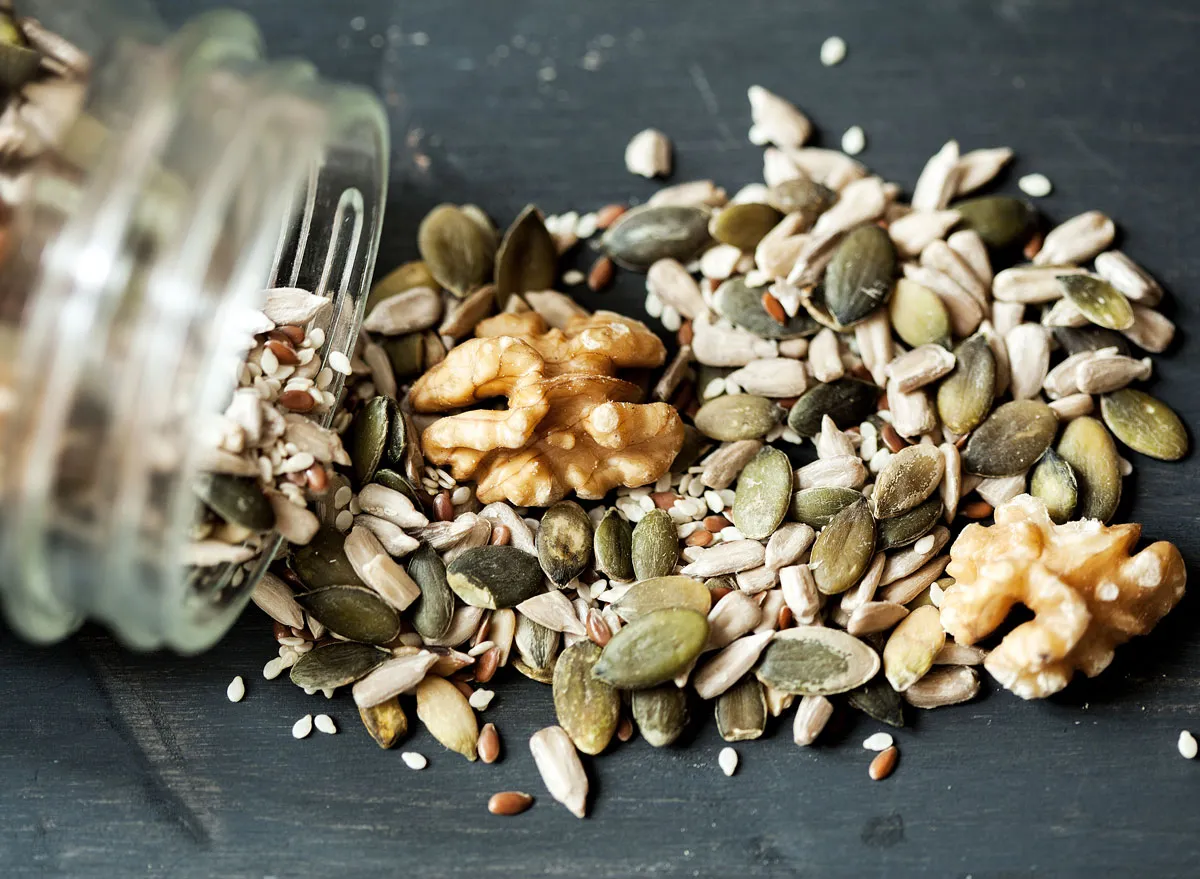
Servings: 4-5 per week
The DASH Diet recommends consuming this food group 4 to 5 times per week. Nuts and seeds are excellent sources of healthy fats while legumes, such as beans and lentils, are good sources of plant protein and rich in fiber. The DASH diet emphasizes increasing fiber intake, and these high fiber foods will help you do that. These are all sources of many vital vitamins and minerals, too. The servings are fewer than the other food groups, however, and this is because these foods tend to be higher in calories.
- Almonds
- Walnuts
- Sunflower seeds
- Peanut butter
- Kidney beans
- Lentils
- Split peas
Heart-healthy oils
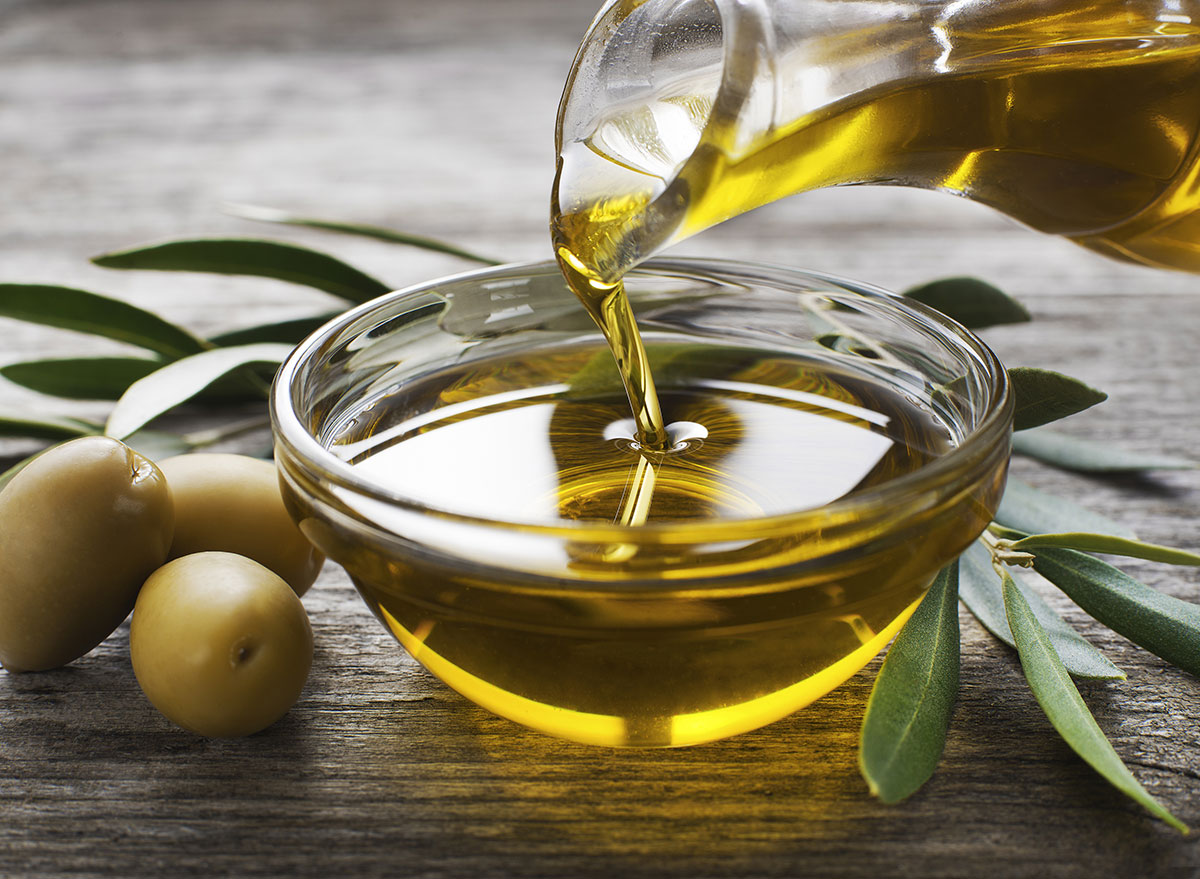
Servings: 2 to 3 servings per day
Aspects of the DASH diet are inspired by the Mediterranean diet, which is high in healthy fats. Heart-healthy fats are an important part of the DASH diet, too, which is why followers consume 2 to 3 servings per day of monounsaturated fats. Your go-to oil will probably be olive oil.
- Olive oil
- Canola oil
- Safflower oil
- Low-fat mayonnaise
Low fat sweets
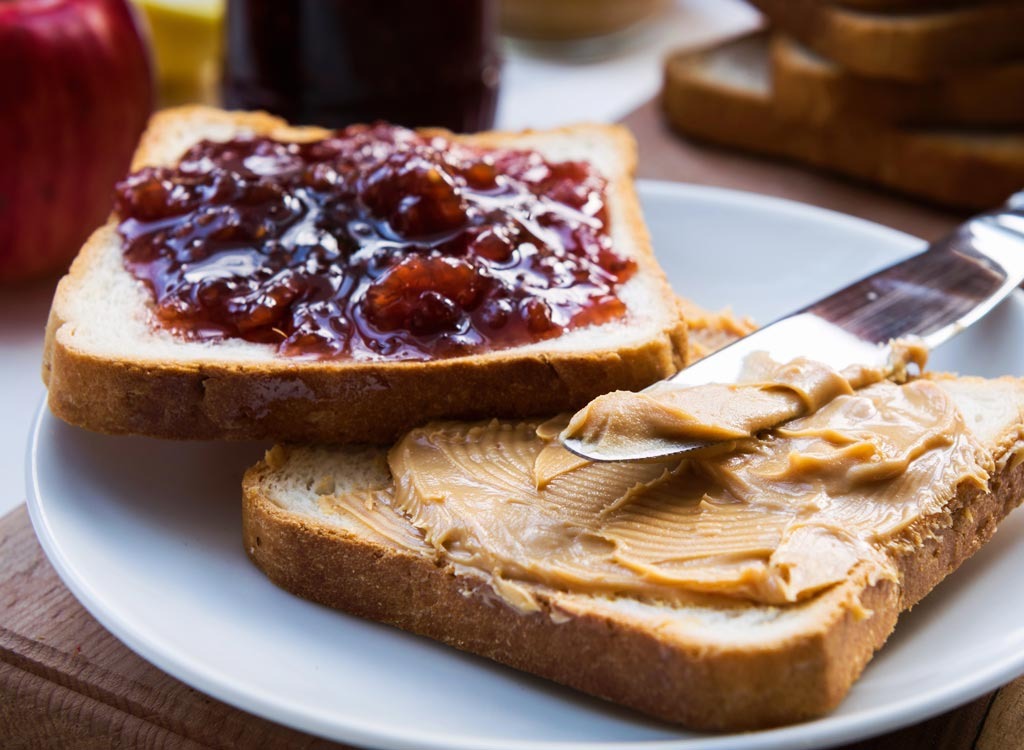
Servings: 5 or less per week
You're better off without sugar, though the creators of the DASH diet understand that you'll want to treat yourself occasionally. In that case, they've recommended some approved sugars you can indulge in 5 or less times per week.
The DASH diet-approved sweets are all low in fat and include:
- Fruit-flavored gelatin
- Jelly
- Maple syrup
- Sorbet and ices
Getting started on the DASH diet.
There's not a whole lot to take in when it comes to the principles of the DASH diet, but if you're switching from the Standard American Diet, this can seem like a lot.
Start by going through your pantry and donating the non-compliant foods. You should also consider clearing out your alcohol and coffee stashes if lowering blood pressure is your goal. Studies show that cutting back on both drinks is linked to better blood pressure control.
Finding some recipes that resemble some of your favorite foods can also help make the transition seem less drastic. While diet plays an important role in your overall health, so does exercise. So, get cooking and get moving.
